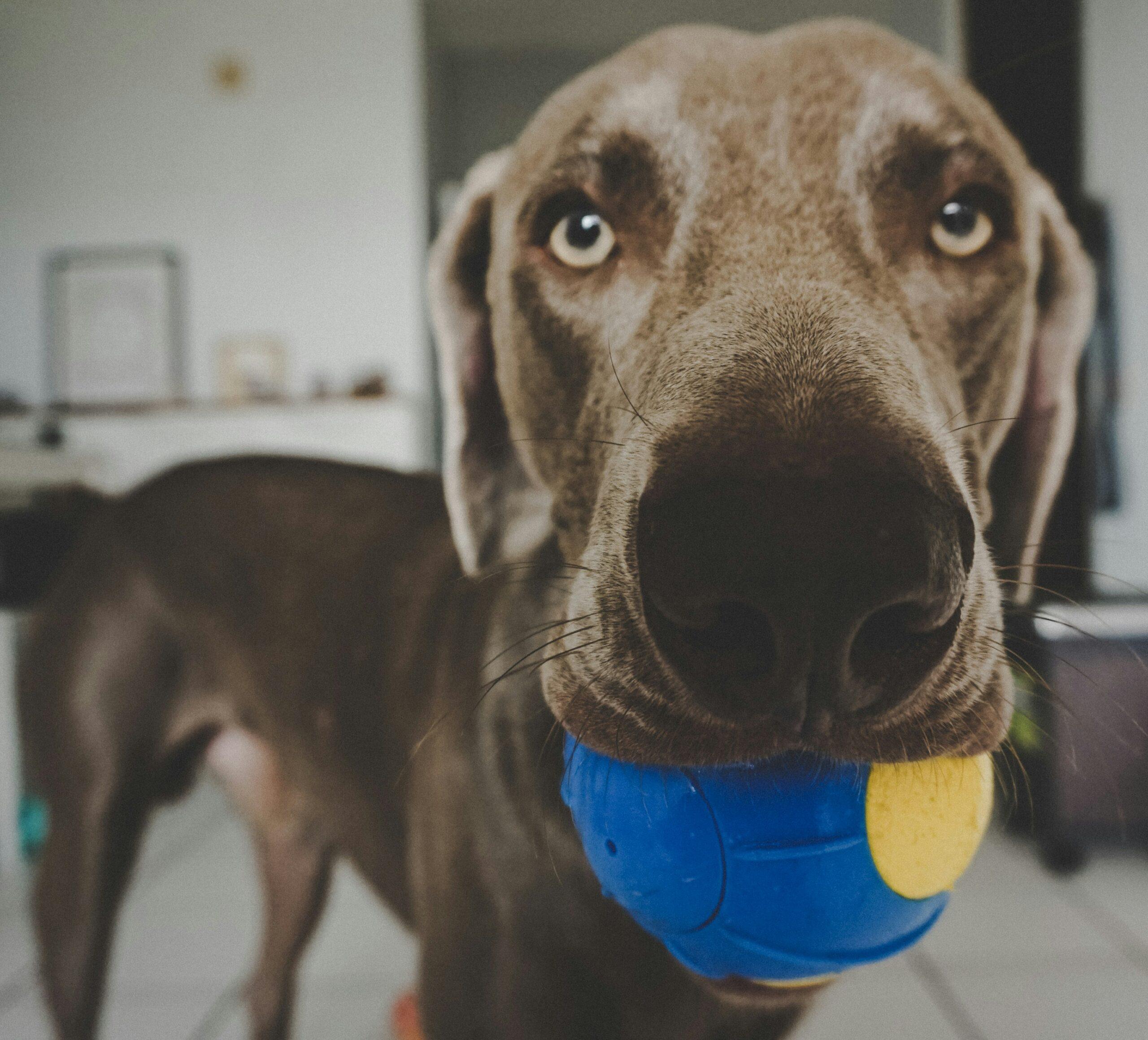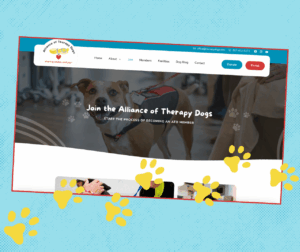Training A Rescue Dog To Share Smiles And Joy
Adopting a rescue pet is a rewarding experience but training a rescue dog can feel like a daunting next step for you and your new companion. Rescue animals are known to be standoffish and even afraid when entering their new home, which can make the training process more difficult but even more rewarding. Building trust through training and skill building can help foster a comfortable bond between you and your rescue dog.
By training your rescue dog on good behaviors, you and your pup will set the foundation for a lifelong partnership.
To enhance your new bond, consider putting your training to good use! You are likely already teaching your dog skills that can prepare them to become a certified therapy dog. Read on to learn how your rescue dog can share smiles and joy to help others.
Start with Love & Patience
Before considering certifications and training programs, let’s focus on the basics. It’s no secret rescue dogs can be skittish, so it’s important to first create a stable and safe environment for them. Let them feel comfortable in your presence and your home. Spend time observing your dog’s behavior to identify any triggers or fears.
Building Trust
Trust is an important component of training a rescue dog. Here are some tips to help build trust with your rescue dog:
- Create A Safe Space: Choose a quiet space where your dog can go if they feel stressed and overwhelmed. Leave a dog toy and a blanket in the area to help provide comfort for your dog.
- Use Positive Reinforcement: Reward your dog with praise and treats for good obedience. This can help encourage them to repeat good behaviors and associate training with positivity.
- Don’t Rush the Bond: Building trust takes time. Rushing the process to bond with your dog by back-to-back training sessions, may not be the way to win your dog’s affection. Try following their pace. If they seem happy and playful, play a game with them that can help build their therapy dog skills. If they are sleepy and irritated, spend time near them but don’t push them too much. If your canine is comfortable with cuddles on the couch, you can bond with them while catching up on your favorite shows.
- Keep it Fun: Dog training doesn’t have to be serious and strict all the time. Keep it fun with your rescue dog by encouraging playtime activities like fetch, hide and go seek and tug of war. These little acts can help strengthen the bond you have with your dog.
Practice Commands
When it comes to training a rescue dog, it’s important to make sure they understand basic commands such as “sit”, “stay”, “come” and “down.” Training your dog lays the groundwork for being able to provide comfort and support on therapy dog visits. When you practice commands, you’re teaching your dog how to respond to your cues, which can help improve the bond you have with them. Repetition is also beneficial for dogs as it helps reinforce what they have learned.
Learning commands is also important for your pup’s safety. Regular practice ensures your dog will know what to do in an unexpected event or scary scenario when you tell them to “stay” or “come.”
Socialization
Socialization is an essential part of dog training. Introducing your dog to new places and new people can help benefit their therapy dog training skills as well as their wellbeing. It’s important to remember that this is not a race. Follow your dog’s lead and watch their body language when you are out together. If you notice your rescue dog has their tail tucked, attempts to hide, or snarls, they may be anxious, and it’s best to remove them from the situation. You can gradually increase exposure to new people and places as your dog becomes more comfortable. Use treats and praise your dog for positive reactions.
Past Behaviors
Rescue dogs can sometimes pick up poor behaviors, due to their past. Some of these behaviors can include separation anxiety, being afraid of loud noises, and excessive barking. You can attempt to curb these behaviors by tiring your dog out. A tired dog won’t be as likely to chew at your belongings or react to every noise they hear. Be mindful not to force your dog to face their fears, your dog may have been through some trauma, and having them face a fear they are not ready to face could escalate a situation. Check their body language and let your dog set the pace for training. You can also attend obedience classes or hire a professional dog trainer for extra assistance.
Therapy Dog Certification Requirements
When you feel your rescue dog has learned commands, is calm around strangers, you have had a close relationship with the dog for at least six months and the dog is over one year old, you can consider getting therapy dog certified. You can view our therapy dog assessment video to understand what to expect during the certification test. If you pass the test, then, you and your dog will attend three supervised visits with a tester/observer. Once you have submitted the necessary paperwork and completed your supervised visits, you can officially become an Alliance of Therapy Dogs member.
Many of our members have rescue dogs who have become therapy dogs. If you have any questions, reach out to our ATD office or our Facebook and Instagram to connect with fellow rescue dog owners.





